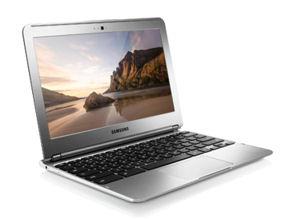 On 15 November 2011 Altera announced support for OpenCL. The time between announcements for having/getting OpenCL-support and getting to see actually working SDKs takes always longer than expected, so to get this working on FPGAs I did not expect anything before 2013. Good news: the drivers are actually working (if you can trust the demos at presentations).
On 15 November 2011 Altera announced support for OpenCL. The time between announcements for having/getting OpenCL-support and getting to see actually working SDKs takes always longer than expected, so to get this working on FPGAs I did not expect anything before 2013. Good news: the drivers are actually working (if you can trust the demos at presentations).
There have been three presentations lately:
In this article I share with you what you should not have missed on these sheets, and add some personal notes to it.
Is OpenCL the key that finally makes FPGAs not tomorrow’s but today’s technology?















 The past year you might not have heard much from OpenCL-on-ARM, besides the Arndale developer-board. You have heard just a small portion of what has been going on.
The past year you might not have heard much from OpenCL-on-ARM, besides the Arndale developer-board. You have heard just a small portion of what has been going on.






















 The
The 



 There is a lot going on at the path to GPGPU 2.0 – the libraries on top of OpenCL and/or CUDA. Among many solutions we see for example Microsoft with C++ AMP on top of DirectCompute, NVidia (and more) with OpenACC, and now
There is a lot going on at the path to GPGPU 2.0 – the libraries on top of OpenCL and/or CUDA. Among many solutions we see for example Microsoft with C++ AMP on top of DirectCompute, NVidia (and more) with OpenACC, and now